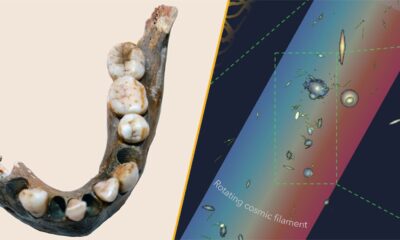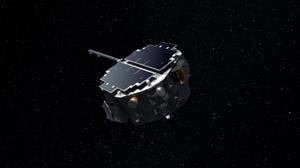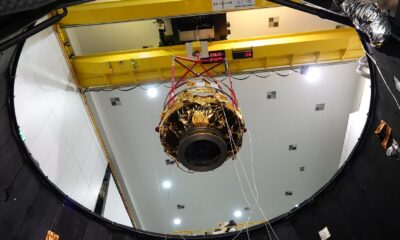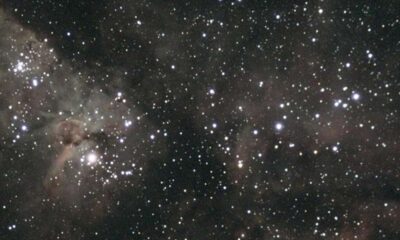Science
Astronomers Warn: Space Weather Threats Demand Urgent Action
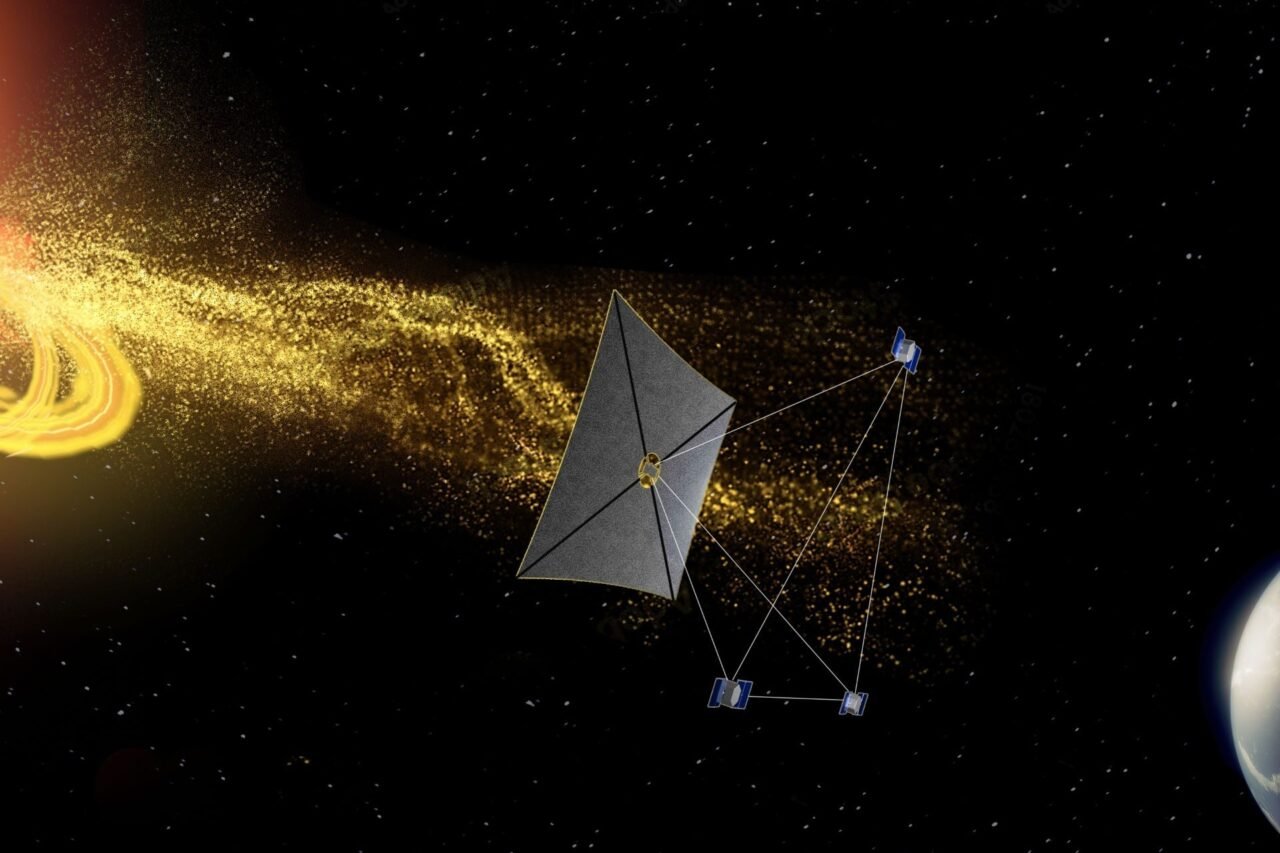
Astronomers have raised significant concerns about the inadequacies in our current systems for monitoring space weather, highlighting a potentially dangerous gap in our preparedness. In a study published on October 6, 2023, in The Astrophysical Journal, researchers from the University of Michigan presented simulations indicating that small “flux ropes” on the Sun could lead to severe space weather events, including coronal mass ejections (CMEs). These CMEs, which can disrupt satellites, GPS systems, and even cause power outages, may occur without adequate warning due to our current detection limitations.
The study’s lead author, Chip Manchester, emphasized the need for an improved monitoring system. He likened the current state of space weather observation to trying to track a hurricane with just one wind gauge. “You’d see a change in the measurements, but you wouldn’t see the storm’s entire structure,” he noted. The researchers argue for a new “constellation of spacecraft” dedicated to monitoring solar activity more effectively.
Reevaluating Detection Systems
The research focuses on the influence of flux ropes, which are smaller, tornado-like spirals of plasma and magnetic fields on the Sun’s surface. Typically, these structures do not generate CMEs directly. However, the simulations revealed that under certain conditions, they can release enough energy to instigate significant geomagnetic storms. Manchester stated, “Our simulation shows that the magnetic field in these vortices can be strong enough to trigger a geomagnetic storm and cause some real trouble.”
Current detection systems concentrate on solar winds that only lead to geomagnetic storms when the Sun’s magnetic field points south. The new findings suggest that solar eruptions may also originate from north-facing magnetic fields, which could unexpectedly generate vortices with southward-pointing magnetic fields. This shift in understanding underscores the urgent need for enhanced monitoring capabilities.
Proposed Solutions: The SWIFT Initiative
To address these challenges, Manchester and his colleagues propose developing a network of satellites, termed the Space Weather Investigation Frontier, or SWIFT. This initiative would consist of four probes arranged in a pyramid formation, each positioned approximately 200,000 miles apart. Such a configuration is expected to improve space weather warning accuracy by up to 40%.
The necessity for improved monitoring has become more pressing following the last major geomagnetic storm in May 2024, which caused disruptions across electric grids, satellites, agricultural systems, and air travel. According to NASA, the storm interfered with data signals from vital spacecraft, including the Mars Odyssey orbiter and the Curiosity rover. As the Sun continues its current cycle of heightened activity, the need for a robust early warning system is paramount.
With the astronomical community advocating for a more proactive approach to space weather monitoring, the implications for technology and infrastructure on Earth are significant. Without immediate action, we may find ourselves unprepared for future solar events that could have widespread repercussions.
-

 Technology5 months ago
Technology5 months agoDiscover the Top 10 Calorie Counting Apps of 2025
-

 Health3 months ago
Health3 months agoBella Hadid Shares Health Update After Treatment for Lyme Disease
-

 Technology6 days ago
Technology6 days agoOpenAI to Implement Age Verification for ChatGPT by December 2025
-

 Health3 months ago
Health3 months agoErin Bates Shares Recovery Update Following Sepsis Complications
-

 Technology4 months ago
Technology4 months agoDiscover How to Reverse Image Search Using ChatGPT Effortlessly
-

 Technology1 month ago
Technology1 month agoDiscover 2025’s Top GPUs for Exceptional 4K Gaming Performance
-

 Technology3 months ago
Technology3 months agoElectric Moto Influencer Surronster Arrested in Tijuana
-

 Technology5 months ago
Technology5 months agoMeta Initiates $60B AI Data Center Expansion, Starting in Ohio
-

 Technology5 months ago
Technology5 months agoRecovering a Suspended TikTok Account: A Step-by-Step Guide
-

 Health5 months ago
Health5 months agoTested: Rab Firewall Mountain Jacket Survives Harsh Conditions
-

 Health3 months ago
Health3 months agoAnalysts Project Stronger Growth for Apple’s iPhone 17 Lineup
-

 Lifestyle5 months ago
Lifestyle5 months agoBelton Family Reunites After Daughter Survives Hill Country Floods

